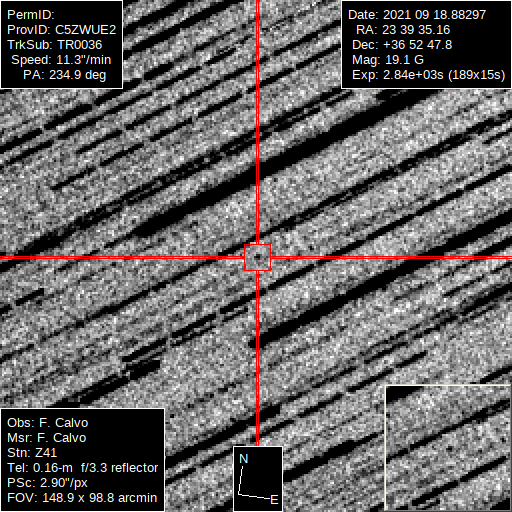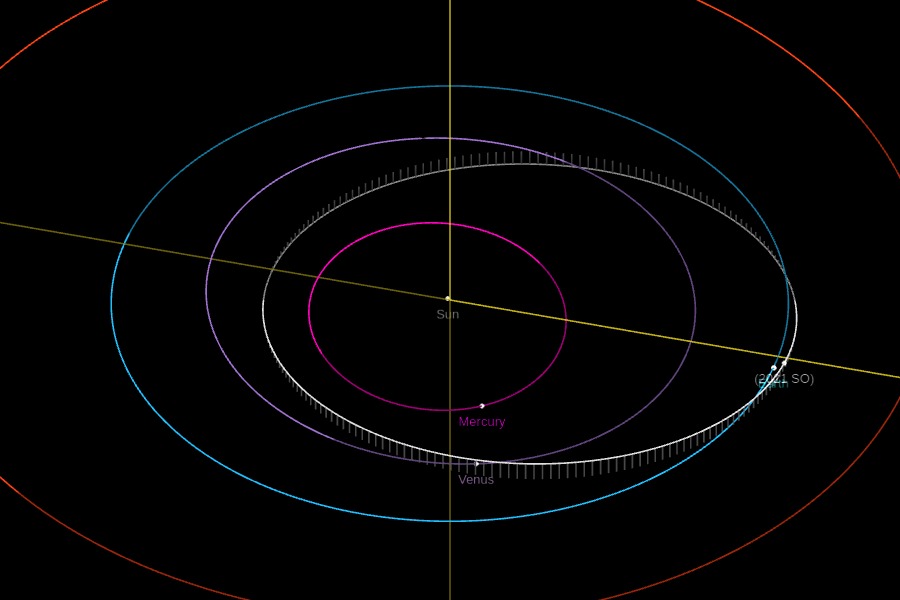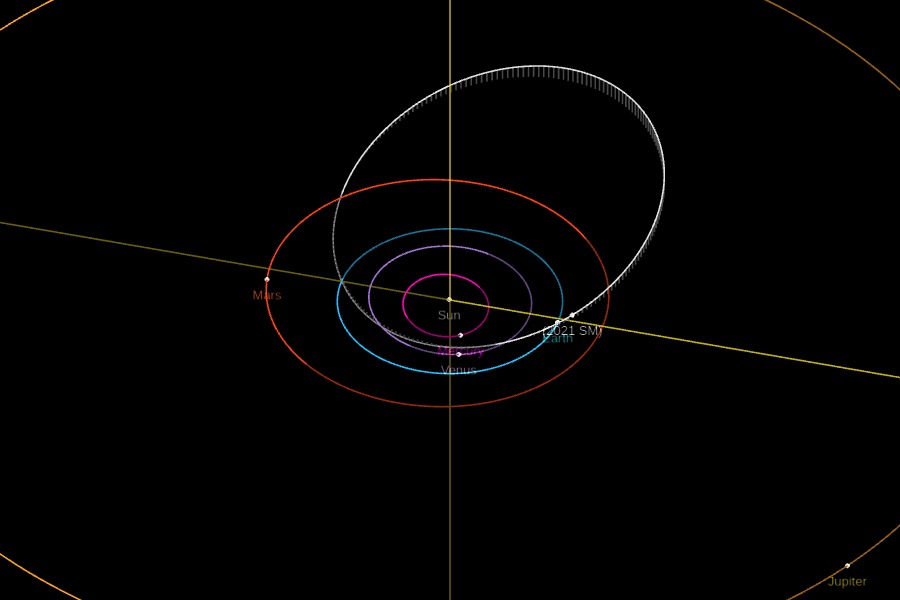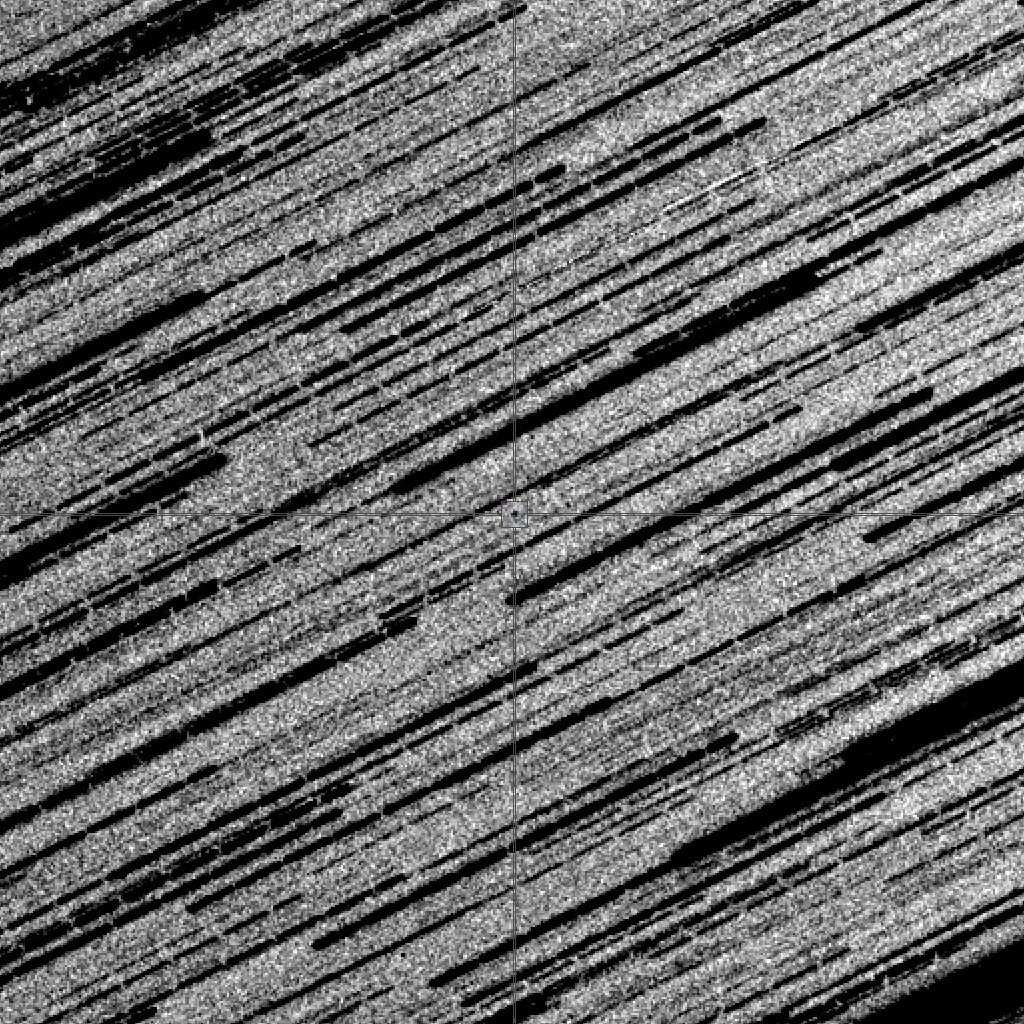P2lc79_C5ZWUE2
On Saturday night, September 18, 2021, we put the spotlight on two objects, potential asteroids, discovered that same day:
- The first was temporarily denoted as C5ZWUE2, reported by Catalina Sky Survey station G96.
- The second, P2lc79, this time reported by Pan-STARRS.
The night, although clean and clear, had some strong gusts of wind that gradually calmed down, although, inevitably, they made the tracking very complex and forced the discard of many shots and a redoubling of the subsequent time devoted to their analysis.
Could they be false positives? artificial objects?... let's see the results obtained:
-
First of all, C5ZWUE2 managed to be confirmed, becoming the first station to do so, which is an honor and a great joy.
Although both telescopes were used, and I was able to confirm it in both, given the weather conditions, the captures of the 12" did not offer a good tracking, providing astrometric measurements that did not generate me guarantees, so I focused on the Epsilon:

And there it was, moving at 11" per minute, more than 6 million km from Earth. The Epsilon is a telescope that never ceases to amaze me, despite its 16 cm, this little guy achieves a timeliness and concentration of light far beyond what might be expected of it.
C5ZWUE2, two days later, was classified as 2021 SO, an Atem orbiting NEO with a diameter of just 30m, which made its closest approach to us on September 22, 4 days after its discovery.

-
The next and last planned work was the object named P2lc79, already with better weather conditions.
An object that was already close to magnitude 20G, moving a little slower than the previous one, at about 7" per minute. Again, another joy, it was located very close to its theoretical position. Let's see the image of the 12" Ritchey-Chretien:
 .
.Would the little Epsilon be able to catch it? A good challenge...

There it is!!! evidently weaker, but punctual, without missing the appointment.
Just a few hours after the report to the MPC NEOCP, P2lc79 was classified as 2021 SM, another NEO but with Apollo orbit, a size of ~130m and at a not inconsiderable distance of almost 20 million kilometers from us.

Analysis
MPCReport
More information:
- JPL Small-Body Database (2021SM)
- MPC Data and Observations (2021SM)
- JPL Small-Body Database (2021SO)
- MPC Data and Observations (2021SO)


